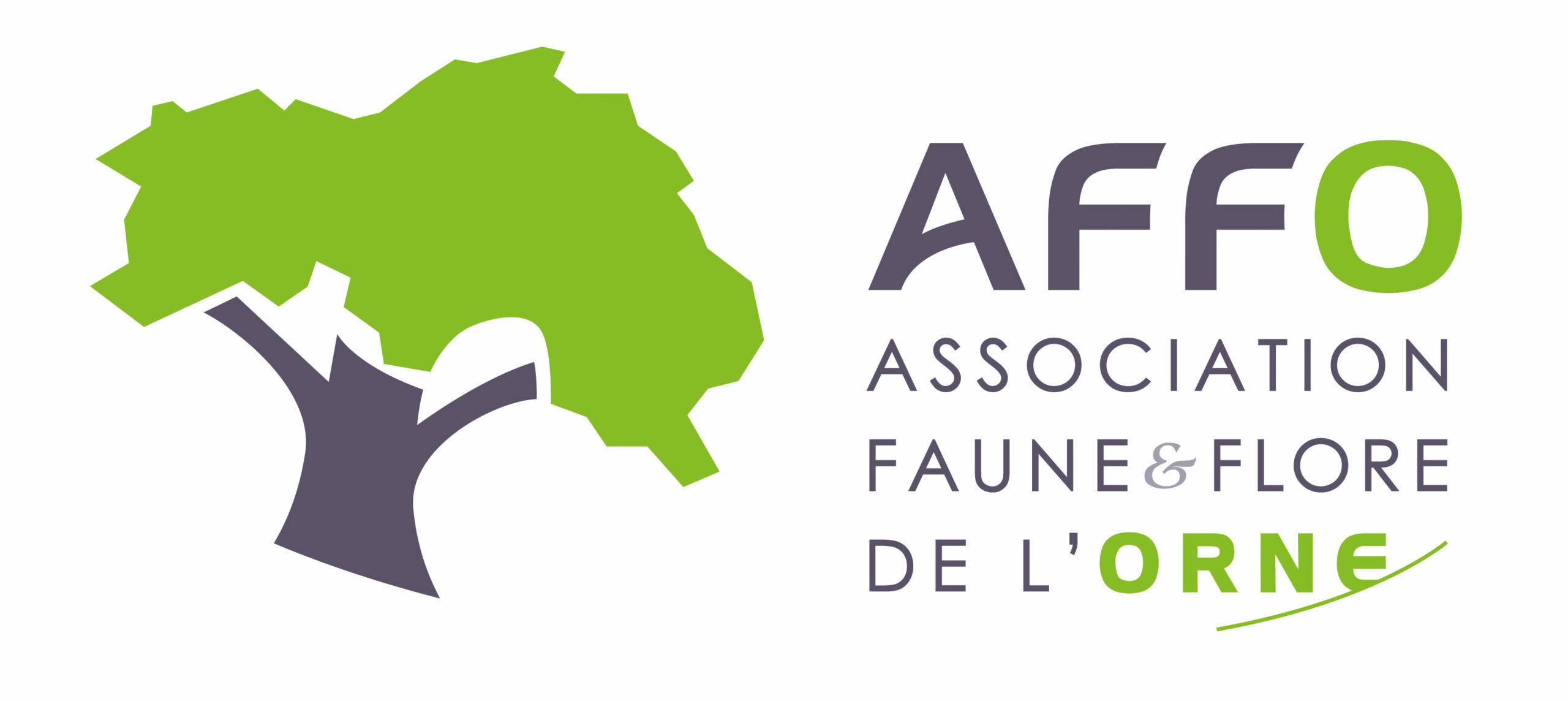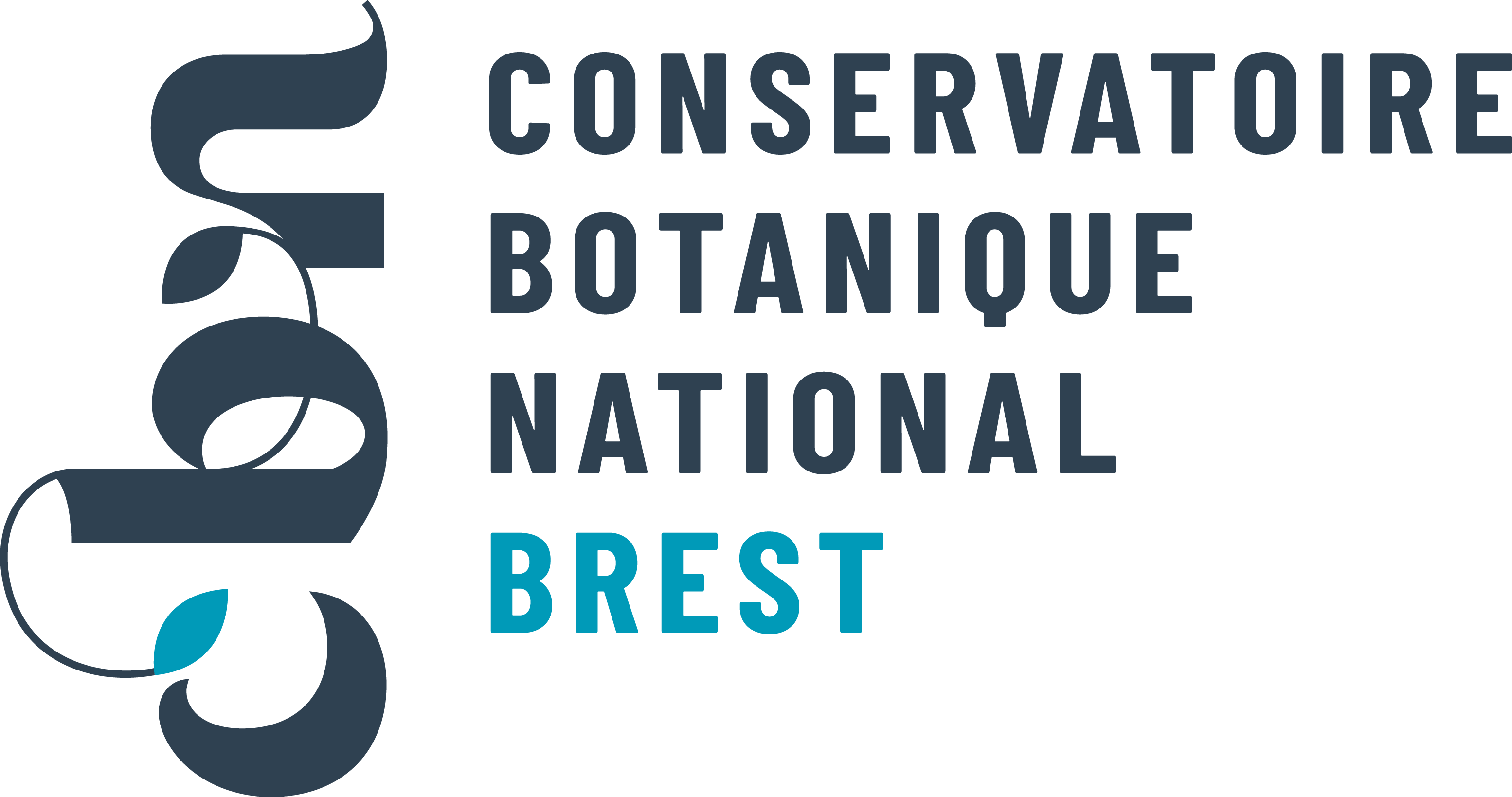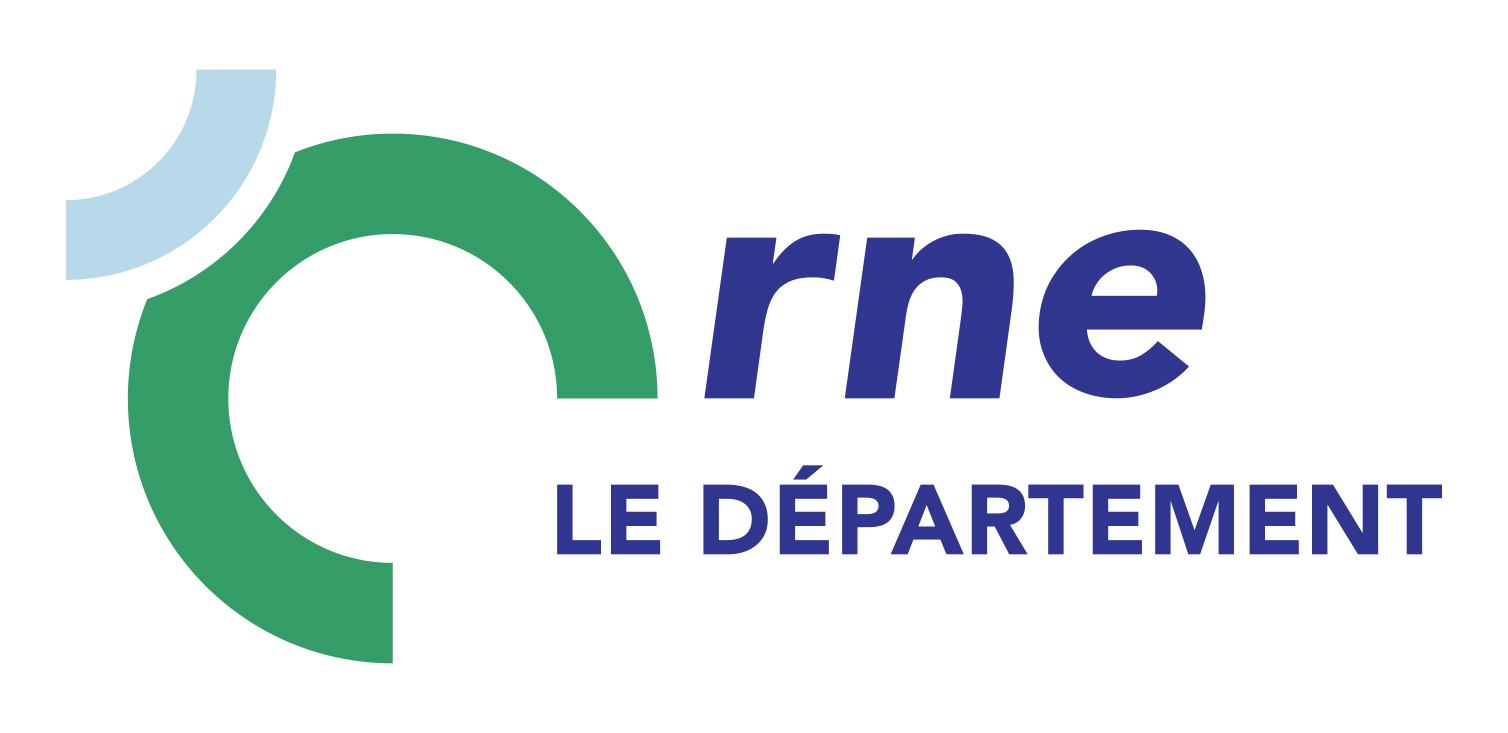Chénopode
Chenopodium L., 1753
Où cette espèce a-t-elle été observée ?
 Attention : cette espèce peut être présente où il n’y a pas de maille, mais à ce jour elle n’y a pas encore été observée.
Attention : cette espèce peut être présente où il n’y a pas de maille, mais à ce jour elle n’y a pas encore été observée.
- 351 observations
-
103
communes -
42
observateurs
13
organismes -
Première observation
1900 -
Dernière observation
2025
Arcisses - Argenvilliers - Authon-du-Perche - Bazoches-sur-Hoëne - Beaulieu - Beaumont-les-Autels - Belforêt-en-Perche - Belhomert-Guéhouville - Bellavilliers - Bellême - Berd'huis - Béthonvilliers - Boëcé - Bonsmoulins - Bretoncelles - Champeaux-sur-Sarthe - Chapelle-Royale - Charbonnières - Charencey - Chassant - Comblot - Combres - Corbon - Coulimer - Courgeon - Courgeoût - Cour-Maugis sur Huisne - Crulai - Dame-Marie - Digny - Feings - Frazé - Happonvilliers - Igé - Irai - La Bazoche-Gouet - La Chapelle-Montligeon - La Gaudaine - La Loupe - La Madeleine-Bouvet - Lamblore - La Mesnière - Le Mage - Le Mesnil-Thomas - Le Pas-Saint-l'Homer - Le Pin-la-Garenne - Les Aspres - Les Autels-Villevillon - Les Corvées-les-Yys - Les Étilleux - Les Menus - Les Ressuintes - L'Hôme-Chamondot - Loisail - Longny les Villages - Luigny - Marolles-les-Buis - Mauves-sur-Huisne - Miermaigne - Montgaudry - Montireau - Mortagne-au-Perche - Moutiers-au-Perche - Nogent-le-Rotrou - Nonvilliers-Grandhoux - Parfondeval - Perche en Nocé - Pervenchères - Pouvrai - Rémalard en Perche - Réveillon - Rohaire - Sablons sur Huisne - Saint-Aquilin-de-Corbion - Saint-Aubin-de-Courteraie - Saint-Cyr-la-Rosière - Saint-Denis-sur-Huisne - Sainte-Céronne-lès-Mortagne - Saint-Éliph - Saint-Germain-de-la-Coudre - Saint-Germain-de-Martigny - Saint-Germain-des-Grois - Saint-Hilaire-le-Châtel - Saint-Jouin-de-Blavou - Saint-Langis-lès-Mortagne - Saint-Mard-de-Réno - Saint-Martin-des-Pézerits - Saint-Martin-du-Vieux-Bellême - Saint-Ouen-de-Sécherouvre - Saint-Pierre-la-Bruyère - Saint-Quentin-de-Blavou - Saint-Victor-de-Buthon - Senonches - Soligny-la-Trappe - Souancé-au-Perche - Thiron-Gardais - Tourouvre au Perche - Trizay-Coutretot-Saint-Serge - Val-au-Perche - Vaupillon - Verrières - Vichères - Villiers-sous-Mortagne
-
Association Faune & Flore de l'Orne (AFFO)
Participation à 203 Observations
Part d'aide à la prospection : 57.83 %
Fiche organisme
-
PNR et géoparc mondial UNESCO Normandie-Maine
Participation à 139 Observations
Part d'aide à la prospection : 39.60 %
Fiche organisme
-
Conservatoire Botanique National de Brest (CBNB)
Participation à 138 Observations
Part d'aide à la prospection : 39.32 %
Fiche organisme
-
PNR du Perche
Participation à 71 Observations
Part d'aide à la prospection : 20.23 %
Fiche organisme
-
Conservatoire botanique national du Bassin parisien (CBNBP)
Participation à 48 Observations
Part d'aide à la prospection : 13.68 %
Fiche organisme
-
Institut floristique franco-belge (IFFB)
Participation à 17 Observations
Part d'aide à la prospection : 4.84 %
Fiche organisme
-
UMS PatriNat (OFB-CNRS-MNHN)
Participation à 8 Observations
Part d'aide à la prospection : 2.28 %
Fiche organisme
-
Muséum national d'Histoire naturelle (MNHN)
Participation à 2 Observations
Part d'aide à la prospection : 0.57 %
Fiche organisme
-
Ministère de la Transition écologique et de la Cohésion des territoires
Participation à 2 Observations
Part d'aide à la prospection : 0.57 %
Fiche organisme
-
Université Toulouse III - Paul Sabatier
Participation à 1 Observation
Part d'aide à la prospection : 0.28 %
Fiche organisme
-
Conseil départemental de l'Orne (bureau ENS)
Participation à 1 Observation
Part d'aide à la prospection : 0.28 %
Fiche organisme
-
Base pour l'inventaire des observations subaquatiques (BioObs)
Participation à 1 Observation
Part d'aide à la prospection : 0.28 %
Fiche organisme
Informations espèce
Répartition actuelle en France métropolitaine
© INPN - Avertissement : les données visualisables reflètent l'état d'avancement des connaissances et/ou la disponibilité des données existantes au niveau national : elles ne peuvent en aucun cas être considérées comme exhaustives.
Répartition actuelle dans le monde
Avertissement : les données visualisables reflètent l'état d'avancement des connaissances et/ou la disponibilité des données existantes au niveau mondial : elles ne peuvent en aucun cas être considérées comme exhaustives.















